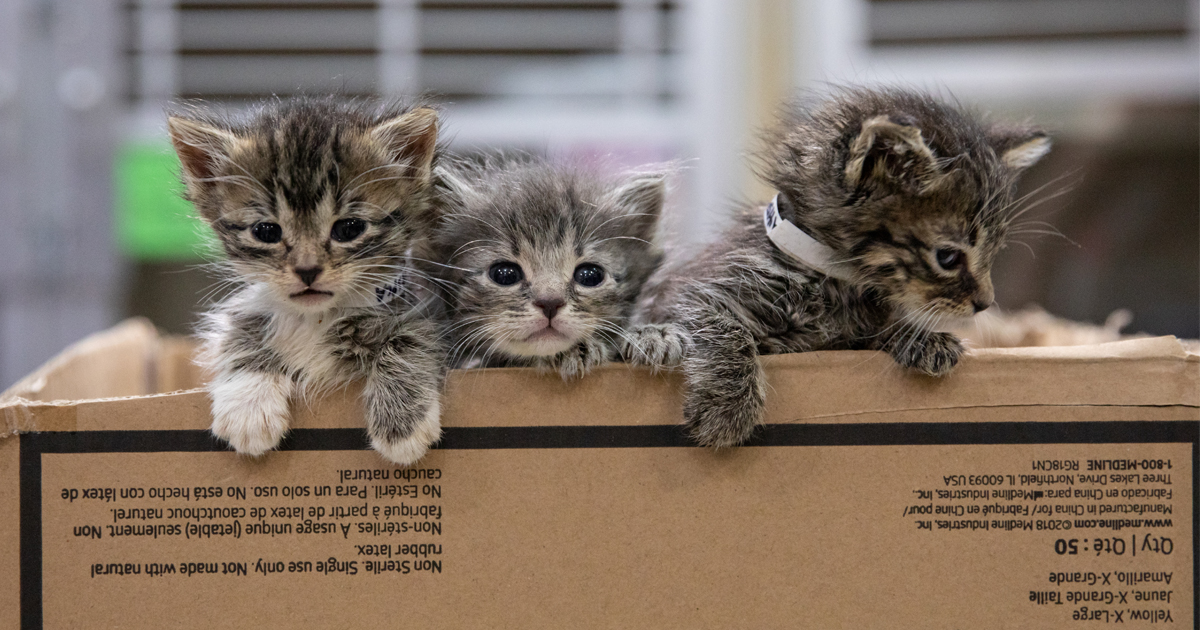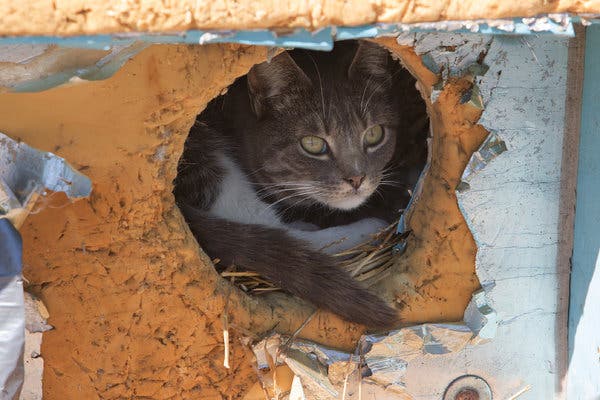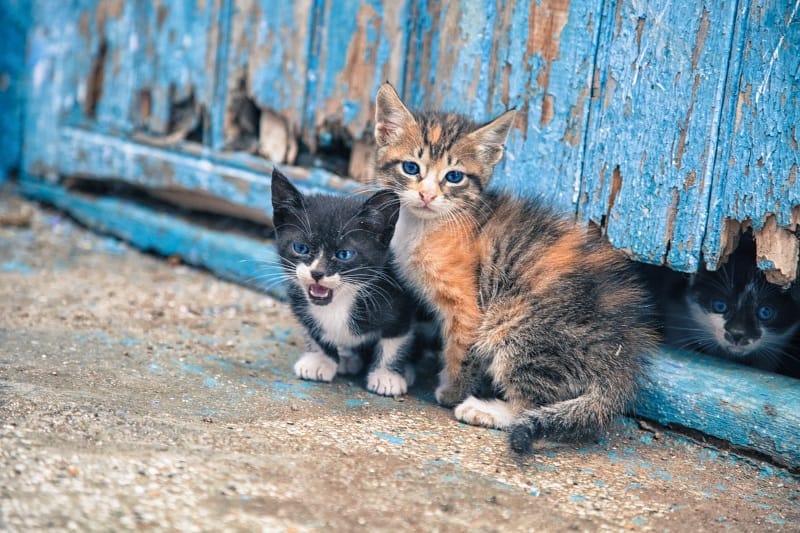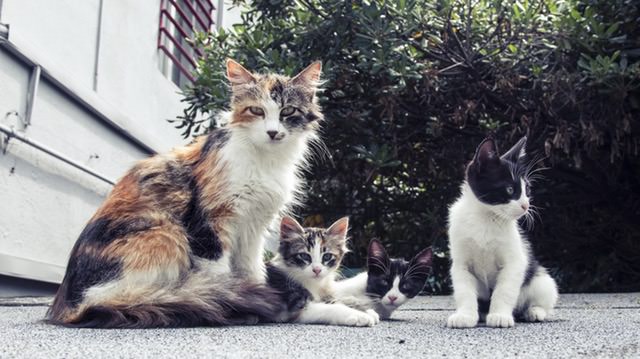Ask many Americans how they found their beloved pet cat, and often you’ll hear the familiar reply — “Our cat found us!” By some accounts, nearly half of all cat owners have gained their feline family members in this way. Adopting a stray cat is a gesture of compassion that rewards you with a pet’s loving devotion. Additionally, there is no more humane way for us to reduce the feral cat population; many stray cats haven’t been spayed or neutered.

Before adopting a stray, you must make sure you aren’t inadvertently adopting a pet who already has a family. It’s often difficult to tell whether a cat is lost, abandoned or actually feral. Grooming, the presence of a collar, and certain behaviors could provide clues, but are often misunderstood. A well-groomed cat, for example, could be a wandering pet, a newly abandoned pet or a well-adjusted feral cat. Lack of collar could mean that the cat has no owner, but many cats notoriously rip their collars off and therefore have microchip IDs. Get a microchip scan; talk to neighbors; advertise on lampposts and classifieds; and talk to local shelters and vets to rule out the possibility that a responsible pet owner is in this cat’s life.

Your friendship with the wary, yet curious, stray cat begins with food (surprise, surprise). The urge to provide food already exists in all pet-lovers anyway, and demonstrates your caring nature to the stray cat.
Once the stray cat is hanging around your house for food, get her used to being around the food when you are there, too. Gradually begin petting her when you offer food. Spend a little more time with her each time you feed her. Eventually, you’ll notice that she wants to follow you into your house. She might hesitate at the threshold or enter a few steps into your home before scurrying out. This acclimating process is gradual for some cats and practically immediate for others. When your stray has fully accepted your home as her home, you’ll know by the air of relative nonchalance that contrasts so strikingly with her past timidity.

For the well-being of all involved, schedule a veterinary appointment for your new pet; strays often carry parasites like ear mites and fleas, and sometimes suffer from more serious illnesses. You may find it very difficult to get your new cat into a carrier, but you must.
Spaying, neutering and vaccination are an essential part of the upcoming medical care for your new pet, particularly if your cat is to remain an indoor/outdoor pet. Contact your local Humane Society to connect with clinics that spay, neuter and vaccinate stray cats.
Get your new cat registered. Proof of vaccination and a small licensing fee are typical requirements. Now you’re an official cat owner, and you can start catering to his every whim!









